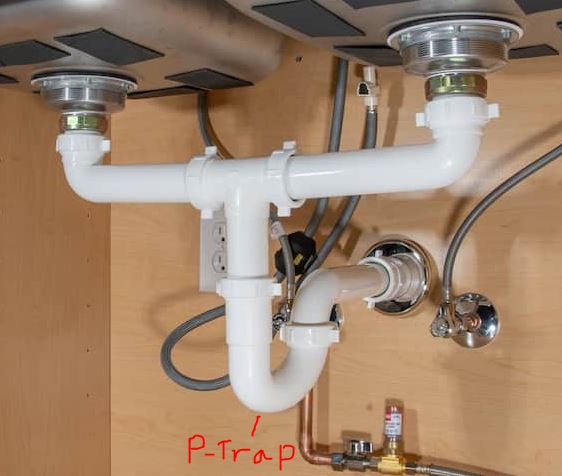If your washing machine’s drain pipe is clogged, you may be wondering how to vent a washing machine drain pipe. Here are a few tips:
- Install a standpipe or filter,
- Connect a branch arm to the vent line, and
- Install a P-trap to prevent blockages.
You can also learn how to select and install culvert pipes here.
How to Vent a Washing Machine Drain Pipe
Installation of a standpipe
Installing a standpipe is a straightforward process. The standpipe is connected to the main drain pipe and keeps the water level inside the washing chamber below the drain, which controls the flow of water.
It should be installed at least six to eighteen inches from the floor, and should be connected to the drain hose by a P-trap. If the vent pipe is not included with the washing machine, you can purchase a glue trap.
Make sure that the glue trap is threaded and primed, and that the standpipe is attached straight.
You can install a washing machine standpipe yourself with some basic tools. First, you need to cut the drainpipe to length with a reciprocating saw. Then, use 120-grit sandpaper to smooth the rough edges. After that, you can attach the wye fitting with ABS cement.
Adding a filter to a washing machine drain pipe
A washing machine drain pipe clog may be caused by a clogged drain pump. These pumps are typically found under the machine, or behind removable panels. They have an inlet and drain hose and are held in place by spring clamps.
If you notice standing water or debris in the drain, you need to unclog the pump and clean the hose.
You can use a wire mesh filter or a flexible drain sock. You should be careful when inserting the filter into the drain hose as you do not want to make a hole in the hose. Also, make sure the drain hose is free from debris or air.
If the hose is not free of debris, you may end up with an air lock.
Using a P-trap to prevent blockages in a washing machine drain pipe
When installing a washing machine drain pipe, you should install a P-trap as it will catch the backfilled water and prevent blockages. When installing this type of drain pipe, you should also consider venting it properly.
This can be done through a vent stack, which should be at least three inches taller than the highest point of the drain line. You should also place the vent stack as close as possible to the washing machine.
You should also make sure that the vent stack slopes upwards at a minimum of 1/4 inch per foot.

Before installing the P-trap, you should measure the drain pipe and the standpipe. The standpipe is the horizontal pipe connected to the washer, which is angled at a 1/4-inch angle towards the drain.
Install a P-trap at this angle to prevent any standing water or blockages in the drain pipe. A cheater valve allows sewer gases to escape, which is not legal in all areas. You should also consider installing a lint trap, which prevents excessive lint from building up in the drain pipe.
Venting a washing machine drain pipe
Venting a washing machine drain pipe is a relatively easy process. Unlike underground venting, you can run the duct directly out of a home’s exterior wall. Just make sure that the pipe is about 12 inches above ground level.
In interior rooms, however, you’ll need to install a vent from the roof. If you use this method, make sure that you carefully install the vent cap. Over time, birds will find the vent cap attractive, so make sure to keep it secure.
When installing a vent, make sure the pipe has a P-trap. This will catch backfilled water and prevent overflowing. Once the drain pipe is installed, there are a number of different methods to vent your washing machine as stated above.

